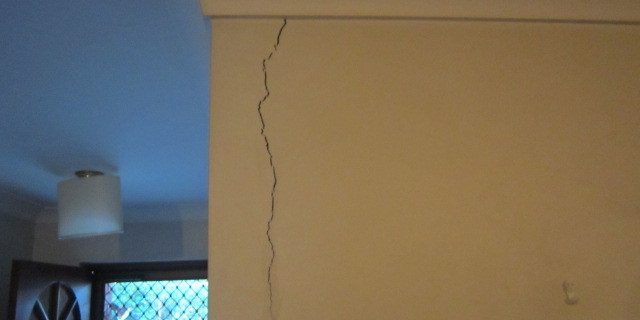The word ‘dilapidation’ paints a picture of a structure that hasn’t been maintained; the walls are crooked; the roof is caving in. It is a dilapidated building, a negative connotation. Because of this, many Melbourne property owners are surprised when approached by contractors or inspectors requesting to do a dilapidation report on their well-maintained home or building.
What Is a Dilapidation Report?
We will begin by stating what a dilapidation report is not. It is not a building defect report. The professional inspecting the property is not looking for water damage or termite infestation or failure to meet building codes. A dilapidation report is completed prior to and again following construction of new infrastructure or buildings.
The dilapidation report focuses on the properties adjacent to the property where new construction is planned. The properties are inspected prior to construction to make record of and existing cracks and damage in the buildings and exterior finish areas such as footpaths, kerbing and road surfaces. A second inspection and dilapidation report are completed following the completion of construction. This second report will be compared with the first report to determine if any new cracks or damages developed during the construction period.
Who Conducts the Inspection for a Dilapidation Report?
An independent, unbiased building inspection professional is hired to examine the properties adjacent to the proposed building site. The professional documents his findings with photographs and notes as to the probable cause of existing cracks or damage. The findings on the dilapidation report will be a helpful resource for property owners who may not be aware of cracks that have formed or the underlying causes for those cracks.
The Purpose of the Dilapidation Report
The primary purpose of the dilapidation report is to protect the existing property owners and the contractors and developers who will be responsible for the new construction. By having an independent inspector document existing cracks and damages prior to the construction period, a baseline is set for determining any changes to the property condition that occurred during the construction. This eliminates the opportunity for false damage claims based on existing cracks in the property. Should new cracks or other types of damage be documented on the follow up dilapidation report, property owners have strong evidence for damage claims against the parties responsible for the recent construction adjacent to their properties.
Who Requests Dilapidation Reports?
Dilapidation reports are generally requested when a contractor will be performing demolition, excavating or boring operations. The contactor performing the work will generally be the one to request the inspection of adjacent properties and the filing of the dilapidation reports. Often the dilapidation reports are required by insurance carriers or Councils. Other times, contractors may request the report to protect themselves against legal claims for damages they were not their responsibility.
Large demolition projects and infrastructure construction projects are some of the most common types of projects where dilapidation reports are requested.







